Megjegyzések / Kérdések (30)
![]() Wendy Carter írta:
Wendy Carter írta:
I bought this pattern and wool while on holiday’s in Norway,didn’t know it was knitted neck down and seeing I’m old I can’t understand it. Is this pattern also done from the bottom,I have knitted fairisle on circular kneedles before. Please help
09.05.2025 - 02:12A DROPS Design válasza:
Dear Mrs Carter, there is only a top down version of this pattern but you will find a video and a lesson showing how to work a raglan jumper top down, this should help you to visualize how to do. Instead of increasing for raglan you will here increase for yoke evenly on the rounds with an arrow in the diagram. Happy knitting!
09.05.2025 - 08:03
![]() Joelle Dalègre írta:
Joelle Dalègre írta:
Reprendre les 60-64-68-76-76-80 mailles en attente sur le fil sur un des côtés de l'ouvrage avec la petite aiguille circulaire/les aiguilles doubles pointes 4 et relever 1 maille dans chacune des 8-8-12-12-16-16 mailles montées sous la manche = 68-72-80-88-92-96 mailles. Je n'ai pas bien compris. En L je dois relever 6 mailles de chaque côté de chaque manche. Dois-je le faire en 1 fois ou en 6 tours ? merci par avance.
09.03.2025 - 09:14A DROPS Design válasza:
Bonjour Mme Dalègre, vous allez relever ces 12 mailles (en L) dès le 1er tour de la manche, retrouvez cette étape dans cette leçon, à partir de la photo 18B. Bon tricot!
10.03.2025 - 09:21
![]() ALVAREZ Sophie írta:
ALVAREZ Sophie írta:
Suite à votre il manque du rose 80 et vieux rose 39
16.12.2024 - 12:34
![]() ALVAREZ Sophie írta:
ALVAREZ Sophie írta:
Je suis entrain de réaliser ce modèle en taille L et malheureusement, pour faire la deuxième manche je n'ai pas assez de laines dans certaines couleurs.
11.12.2024 - 08:28A DROPS Design válasza:
Bonjour Mme Alvarez, votre tension est elle bien juste en largeur mais aussi en hauteur, pour le jersey aussi bien que pour les rangs jacquards? Quelle(s) couleur(s) vous manque-t'il? Merci pour votre retour. Bonne continuation!
12.12.2024 - 10:14
![]() Alice írta:
Alice írta:
Die Anleitung kann man leider nicht Speicher, die Datei ist beschädigt. schade
30.05.2024 - 20:41
![]() Sandkasse írta:
Sandkasse írta:
Jeg har brugt 800 gram (færdig vægt) til str XXL\\r\\nJeg måtte trævle den nederste kant op, da den flaner når man strikker den med de ekstra masker. Den blev pæn da jeg strikkede den uden at tage ud. Det samme gælder ærmer kanterne.
31.03.2024 - 18:01
![]() Helen írta:
Helen írta:
Hello. After the 8th increase, the smallest size should have 300 stitches. But at the start of the ribbing at the bottom of the body, the pattern states 'Knit 1 round and increase 40 stitches evenly spaced = 236 stitches.' Should this read increase 40 to 340 stitches, please? P.S. This has been a good yarn stash buster jumper for me!
27.11.2023 - 12:15A DROPS Design válasza:
Dear Helen, after you have increased to 300 sts on the yoke, you will divide piece for body and sleeves so that there are 196 sts for body (including 8 sts cast on under each sleeve), then before ribbing edge at the bottom you increase 40 sts evenly (to avoid ribbing to tighten piece) = 196+40= 236 sts. Happy knitting!
27.11.2023 - 15:52
![]() Hanne Lejre Pedersen írta:
Hanne Lejre Pedersen írta:
Spændende bluse er vild mef den Hvor meget garn i væg er der brugt, mere fordi jeg vil bruge mine rester samt købe noget nyt
09.11.2023 - 14:02A DROPS Design válasza:
Hej Hanne, det har vi desværre ingen oversigt over, men prøv at finde en anden bluse i DROPS Karisma i den størrelse du er ude efter - du finder målene i måleskitsen nederst i alle opskrifter - så kan du bedre sammenligne :)
10.11.2023 - 15:13
![]() Karien írta:
Karien írta:
Waarom verschilt de kleur op de foto met de benodigde kleur wol. Op de foto is de kraag blauw en de kleur wol zeegroen?
20.10.2023 - 15:35A DROPS Design válasza:
Dag Karien,
De kleuren die je op het beeldscherm ziet kunnen altijd afwijken van de werkelijke kleuren omdat de licht per keer anders invalt en vooral bij dit soort 'moeilijke' (voor de een is het groen, de ander zegt blauw), dus bekijk altijd de daadwerkelijke kleuren van de bollen bij daglicht.
21.10.2023 - 10:32
![]() Karien írta:
Karien írta:
Waarom zijn de kleuren anders op de foto dan de beschreven benodigde wol. Bv. Op de foto is de kraag meer blauw en ik moet zeegroen gebruiken volgens de beschrijving.
20.10.2023 - 15:33
December Carnival#decembercarnivalsweater |
|||||||||||||||||||||||||||||||||||||||||||||||||||||||
 |
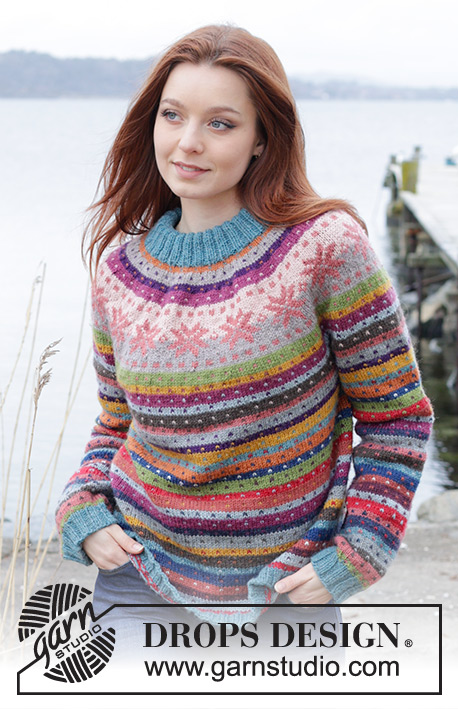 |
||||||||||||||||||||||||||||||||||||||||||||||||||||||
Kötött Drops pulóver DROPS Karisma fonalból. A darabot fentről lefelé irányban készítjük, kerek vállrésszel, norvégmintával és dupla nyakkal. XS-XXL méretben
DROPS 245-5 |
|||||||||||||||||||||||||||||||||||||||||||||||||||||||
|
---------------------------------------------------------- TANÁCSOK A MINTA ELKÉSZÍTÉSÉHEZ: ---------------------------------------------------------- MINTA: Lásd az A.1 - A.4 jelű diagramokat Az A.1-es mintáknál válasszuk a méretnek megfelelő diagramot. A teljes mintát harisnyakötéssel kötjük. TANÁCS A KÖTÉSHEZ: Ügyeljünk arra, hogy a kötés ne húzódjon össze, amikor a mintát kötjük, ezért figyeljünk arra, hogy a szálakat a szokásosnál lazábbra hagyjuk, és ne húzzuk meg a darab mögött. Ha a mintával kötött sorokban így is összehúzódik a darab, használjunk vastagabb kötőtűt. TANÁCS A FOGYASZTÁSHOZ (az ujjánál): Minden jelölő mindkét oldalán a következő módon fogyasztunk 1 szemet: Kössünk, amíg 3 szem marad a jelölő előtt, 2 szemet simán összekötünk, 2 sima szemet kötünk (a jelölő a 2 szem között van), 1 szemet simán leemelünk, 1 sima, majd a leemelt szemet a lekötött szemen átemeljük. (= 2 szemet fogyasztottunk) ---------------------------------------------------------- A MINTALEÍRÁS ITT KEZDŐDIK: ---------------------------------------------------------- PULÓVER: RÖVID ÖSSZEFOGLALÓ A nyakkivágás szegélyét és a vállrészt körben kötjük, a háta közepénél kezdve, a körkötőtűn fentről lefelé haladva. A vállrész szemeit szétosztjuk és a darabot körben haladva készítjük tovább. A két ujját körben kötjük, a rövidebb körkötőtűvel, és/vagy kéthegyű kötőtűkkel. DUPLANYAK: A kezdéshez szedjünk fel 96-100-104-108-112-116 szemet a rövidebb, 4 mm vastag körkötőtűre az tengerzöld DROPS Karisma fonalból. Váltsunk a 3 mm-es körkötőtűre, s szemekkel kötünk 1 kört. Folytassuk a kötést bordás mintával körben (2 sima, 2 fordított szem) 10 cm-ig. Váltsunk a 4 mm vastag körkötőtűre és kössünk 1 kört sima szemekkel (harisnyakötéssel), UGYANAKKOR, egyenletesen elosztva a körben 24-28-32-36-36-36 szemet szaporítunk a körben = 120-128-136-144-148-152 szem. Kössünk 1 kört S szemekkel. Tegyünk jelölőt a kör kezdetéhez- a háta közepe a vállrészt ettől a ponttól mérjük. VÁLLRÉSZ: Olvassuk el a fenti tanácsot a kötéshez és kössük a mintát körben az A.1 jelű diagram szerint (30-32-34-36-37-38 ismétlés a 4 szemes mintaegységből.) NE FELEDKEZZÜNK MEG A MEGFELELŐ KÖTÉSPRÓBA BETARTÁSÁRÓL! Ugyanakkor, az A.1 jelű diagram minden nyíllal jelölt sorában egyenletesen elosztva szaporítsunk az alábbi magyarázat szerint - 1. NYÍL: Szaporítsunk egyenletesen elosztva 44-44-44-52-52-56 szemet = 164-172-180-196-200-208 szem. 2. NYÍL: Szaporítsunk egyenletesen elosztva 40-40-44-48-52-52 szemet = 204-212-224-244-252-260 szem. 3. NYÍL: Szaporítsunk egyenletesen elosztva 36-36-40-44-48-48 szemet = 240-248-264-288-300-308 szem. 4. NYÍL: Szaporítsunk egyenletesen elosztva 0-8-8-16-20-28 szemet = 240-256-272-304-320-336 szem. 5. NYÍL: Szaporítsunk egyenletesen elosztva 24-28-28-24-28-32 szemet = 264-284-300-328-348-368 szem. 6. NYÍL: Szaporítsunk egyenletesen elosztva 16-16-20-20-20-24 szemet = 280-300-320-348-368-392 szem. 7. NYÍL: Szaporítsunk egyenletesen elosztva 12-12-12-16-16-20 szemet = 292-312-332-364-384-412 szem. 8. NYÍL: Szaporítsunk egyenletesen elosztva 8-12-8-12-12-16 szemet = 300-324-340-376-396-428 szem. Amikor a vállrész 20-22-24-26-28-30 cm-es (a jelölőtől mérve), az alábbi magyarázat szerint osszuk szét a testész és az ujjak szemeit, UGYANAKKOR, amikor elkészültünk az A.1 jelű mintával, folytassuk az A.2 jelű diagram szerint. Most osszuk el a vállrész szemeit, és az eleje és háta darabot külön-külön fejezzük be a köv módon: Kössük le az első 45-49-51-56-61-67 szemet a korábbiak szerint (= fél háta). A következő 60-64-68-76-76-80 szemet tegyük szemtartóra az ujjához, szedjünk fel 8-8-12-12-16-16 új szemet az ujja alatt, folytassuk a következő 90-98-102-112-122-134 szemmel (= eleje), csúsztassuk a következő 60-64-68-76-76-80 szemet szemtartóra a másik ujjához, szedjünk fel 8-8-12-12-16-16 új szemet az ujja alatt. Kössük le a maradék 45-49-51-56-61-67 szemet a korábbiak szerint (= fél háta). Vágjuk el a fonalat. A testrész és az ujjak szemeit külön-külön kötjük tovább. A DARABOT EZENTÚL ETTŐL A PONTTÓL MÉRJÜK! TESTRÉSZ: = 196-212-228-248-276-300 szem. Tegyünk jelölőszálat az 1 ujja alsó középvonalához, az újonnan felszedett 8-8-12-12-16-16 szem közepére A jelölőnél kezdjük, és folytassuk az A.2 jelű mintával, körben haladva (folytassuk onnan, ahol a vállrészt befejeztük). Amikor az A.2 jelű mintát elkészítettük, kössük az A.3 jelű mintát, amíg a test 27 cm-es lesz, attól a ponttól, ahol szétválasztottuk a szemeket, és egy teljes csík után járunk. Ha még nem értünk el a megfelelő hosszig, folytassuk az A.x jelű mintával a kívánt hosszig. Váltsunk a 3 mm vastag körkötőtűre, és folytassuk a tengerzöld színnel. Kössünk 1 kört S szemekkel minden szemen, és egyenletesen elosztva szaporítsunk 40-40-44-52-56-60 szemet a körben = 236-252-272-300-332-360 szem. Folytassuk a bord minta kötésével (= 2 sima / 2 fordított), 4 cm-ig, majd a bord mintának megfelelően láncoljuk le a szemeket. A pulóver kb 54-56-58-60-62-64 cm-es a vállrésztől lefelé mérve. Ujjak: Csúsztassuk vissza az egyik ujjához szemtartóra félretett 60-64-68-76-76-80 szemet a 4 mm- vastag kéthegyű kötőtűkészletre / rövidebb körkötőtűre. Szedjünk fel 1-1 új szemet az ujjak alatt felszedett 8-8-12-12-16-16 szem mindegyikébe a = 68-72-80-88-92-96 szem van a kötőtűnkön. Tegyünk jelölőt az ujja alatt felszedett új szemek közepére. A munka haladtával mozdítsuk el a jelölőket is; középvonalánál készített szaporítások elhelyezésénél lesz rájuk szükségünk. A jelölőnél kezdjük, és folytassuk az A.2 jelű mintával, körben haladva (folytassuk onnan, ahol a vállrészt befejeztük). Mielőtt tovább haladnánk a kötéssel, olvassuk el a teljes hátralévő szakaszt. Az A.2 jelű minta után ismételjük az A.4 jelű minta sorait egymás fölött a teljes méretig. UGYANAKKOR, amikor az ujja kb 4-4-4-2-2-2 cm-es attól a ponttól, ahol a szemeket szétválasztottuk, az ujja alsó középvonalánál fogyasszunk 2 szemet - OLVASSUK EL A FENTI TANÁCSOT A FOGYASZTÁSHOZ! Ismételjük meg a fogyasztást a fentiek szerint 3-3-2-1½-1½-1½ cm-ként, összesen 12-12-16-18-20-20 alkalommal = 44-48-48-52-52-56 szem. Folytassuk a kötést, amíg a darabunk kb 40-39-37-36-34-33 cm-es lesz és egy teljes csík után járunk (kb 4 cm marad a darabból). Váltsunk a 3 mm-es körkötőtűre/ kéthegyű kötőtűkészletre és kössünk 1 kört sima szemekkel (harisnyakötéssel), UGYANAKKOR, egyenletesen elosztva a körben 4-4-4-8-8-8 szemet szaporítunk a körben = 48-52-52-60-60-64 szem, Folytassuk a bord minta kötésével (= 2 sima / 2 fordított), 4 cm-ig, majd a bord mintának megfelelően láncoljuk le a szemeket. Az ujja kb 44-43-41-40-38-37 cm-es attól a ponttól, ahol a szemeket szétválasztottuk, Készítsük el ugyanilyen módon a másik ujját. ÖSSZEÁLLÍTÁS: Hajtsuk be a nyakkivágás szegélyét a FO felé, és apró öltésekkel varrjuk le. Ügyeljünk arra, hogy a varrás ne legyen túl szoros, és a szegély ne forduljon ki vagyis, a pulóver nyakkivágása elég rugalmas legyen. |
|||||||||||||||||||||||||||||||||||||||||||||||||||||||
Diagram magyarázatok |
|||||||||||||||||||||||||||||||||||||||||||||||||||||||
|
|||||||||||||||||||||||||||||||||||||||||||||||||||||||
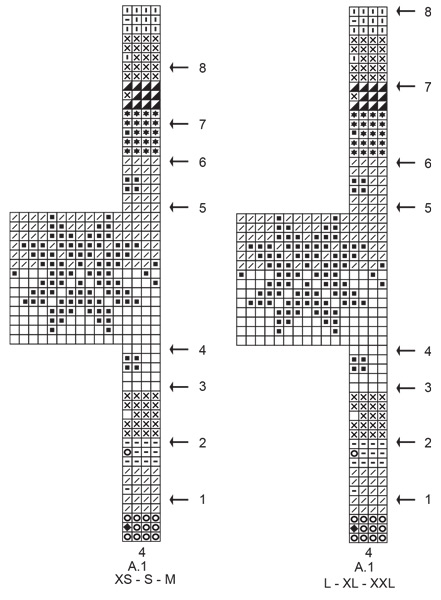
|
|||||||||||||||||||||||||||||||||||||||||||||||||||||||
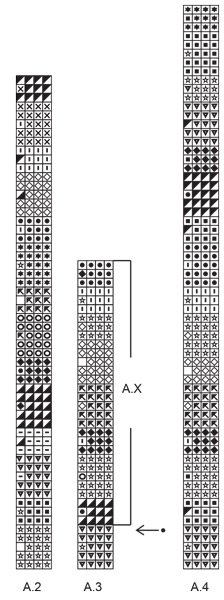
|
|||||||||||||||||||||||||||||||||||||||||||||||||||||||
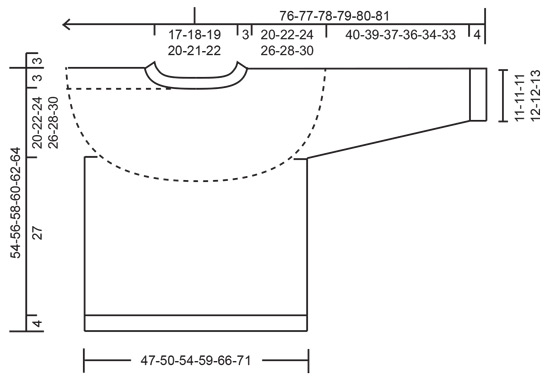
|
|||||||||||||||||||||||||||||||||||||||||||||||||||||||
Elkészítette ezt a mintát?Akkor adja a képeihez a #dropspattern #decembercarnivalsweater tageket, vagy küldje be a képet a #dropsfan galériába. Segítségre van szüksége a modell elkészítéséhez? 24 tutorial videót találhat, és egy kérdés/felelek részt, és még többet, ha a mintát megkeresi a garnstudio.com oldalán. © 1982-2025 DROPS Design A/S. Minden jog fenntartca. Ez a documentim, az összes részével védelem alatt áll. A weboldalunkon többet olvashat arról, hogy mit tehet és mit nem a mintáinkkal. |
|||||||||||||||||||||||||||||||||||||||||||||||||||||||







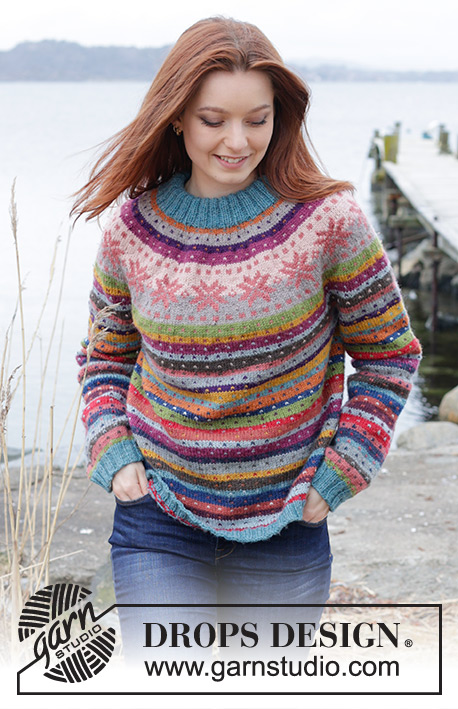
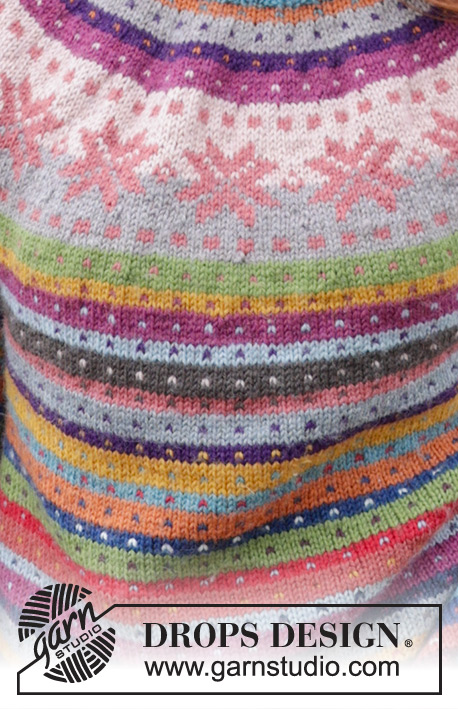


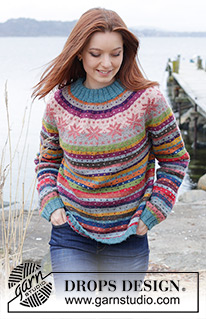

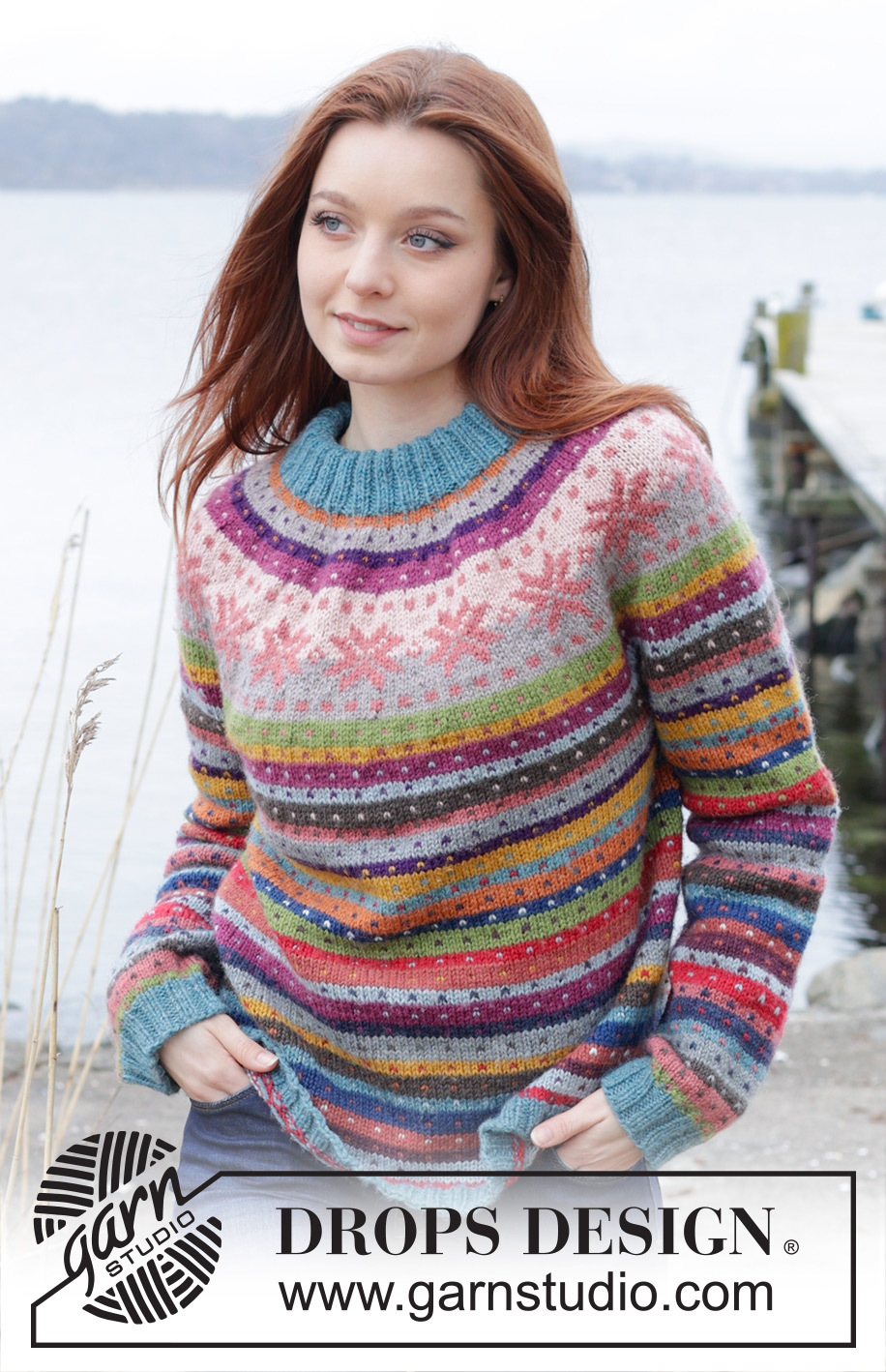
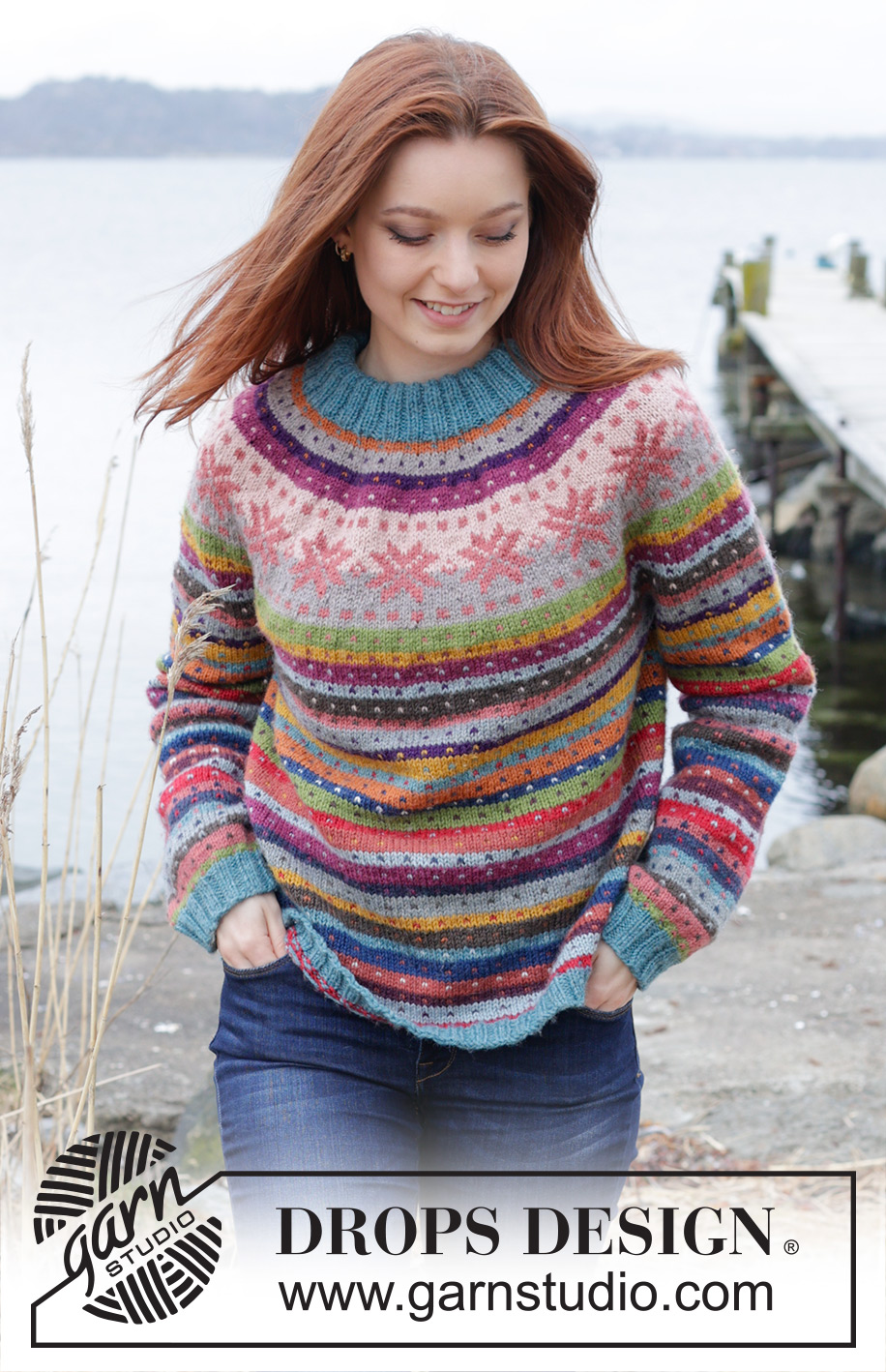

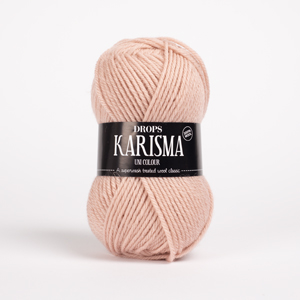

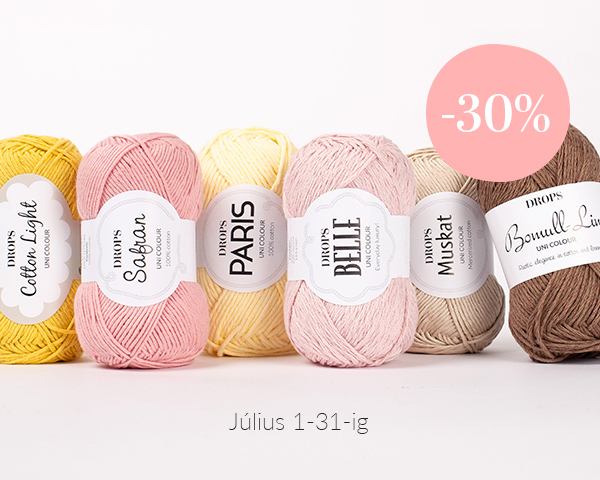



























































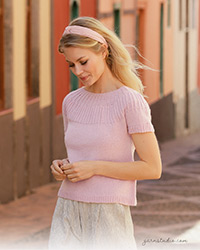
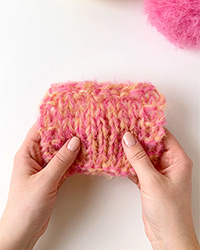
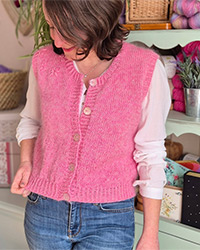
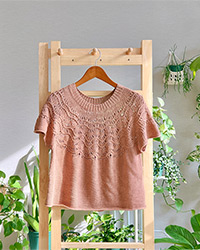
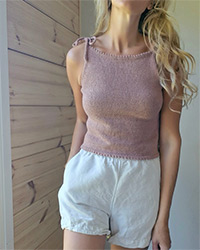
Post a comment to pattern DROPS 245-5
Szívesen vesszük, ha megosztja velünk gondolatait erről a mintáról.
Ha kérdést szeretne feltenni, ügyeljen arra, hogy a megfelelő kategóriát válassza ki, így fegyorsíthatja a válaszadás folyamatát. Það verður að merkja við svæði merktri með *.